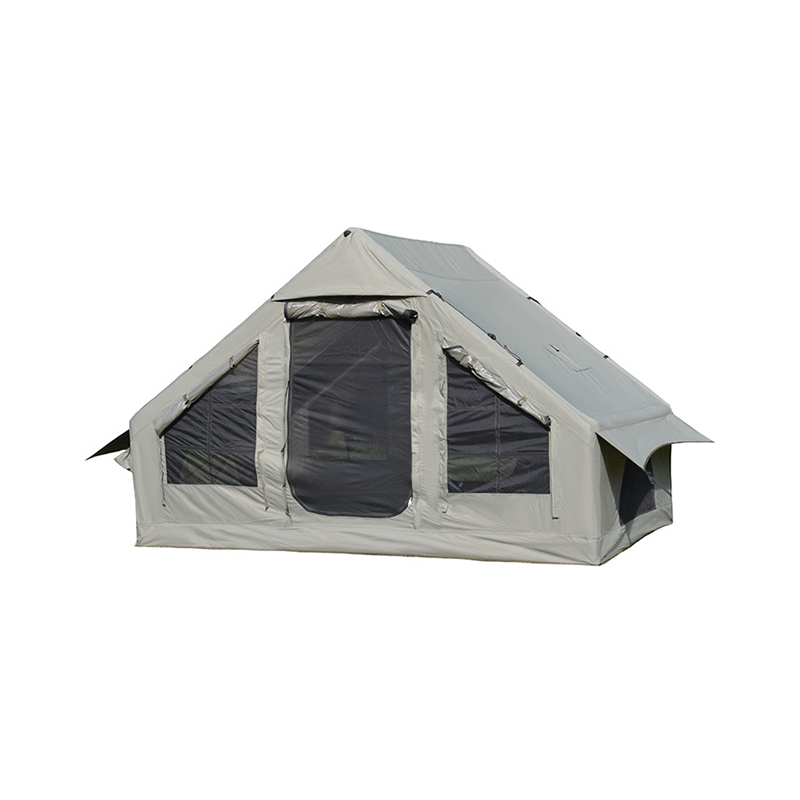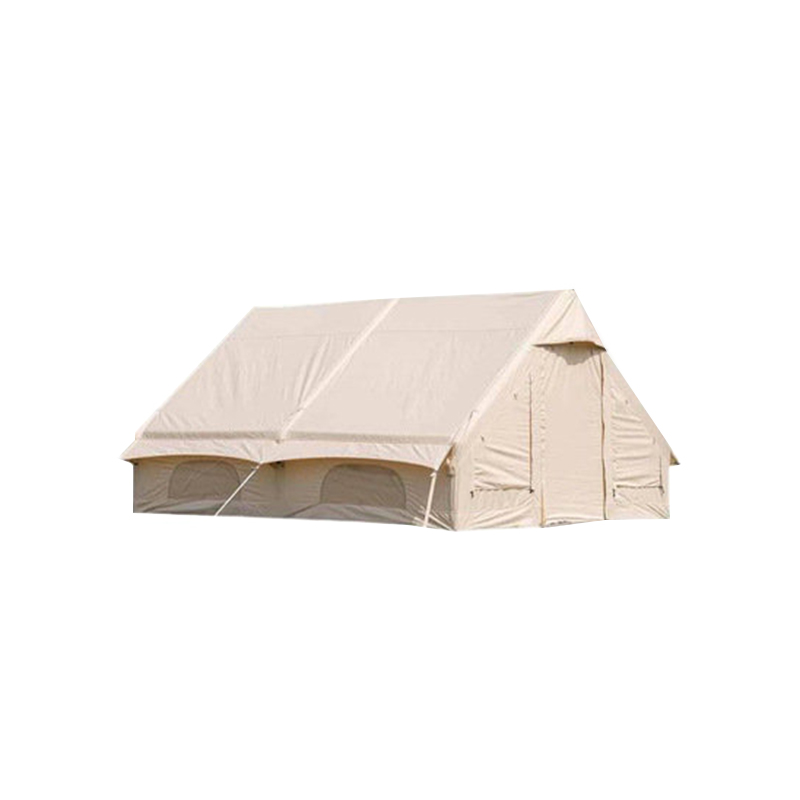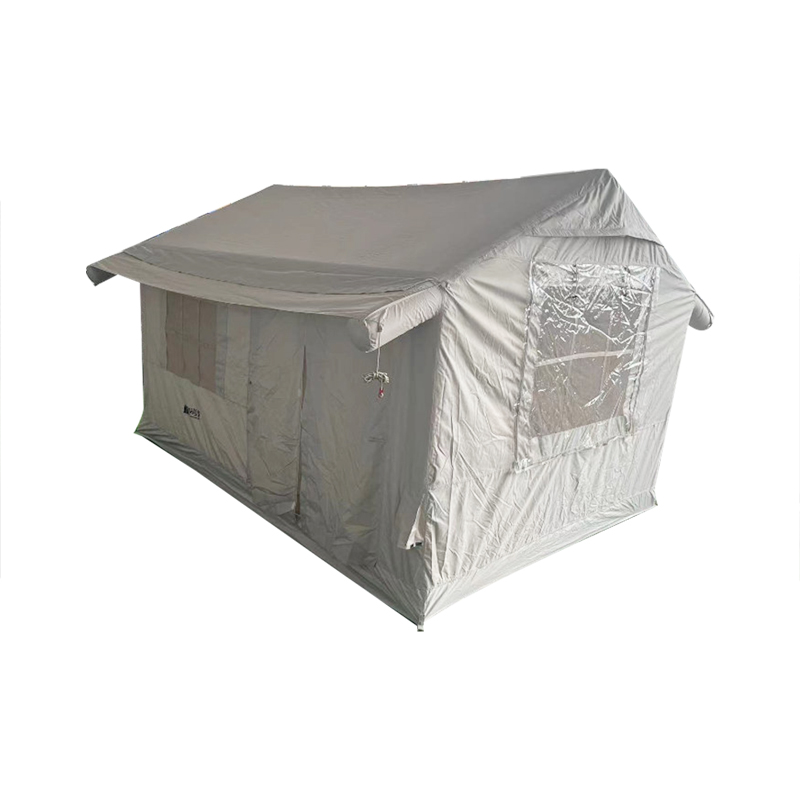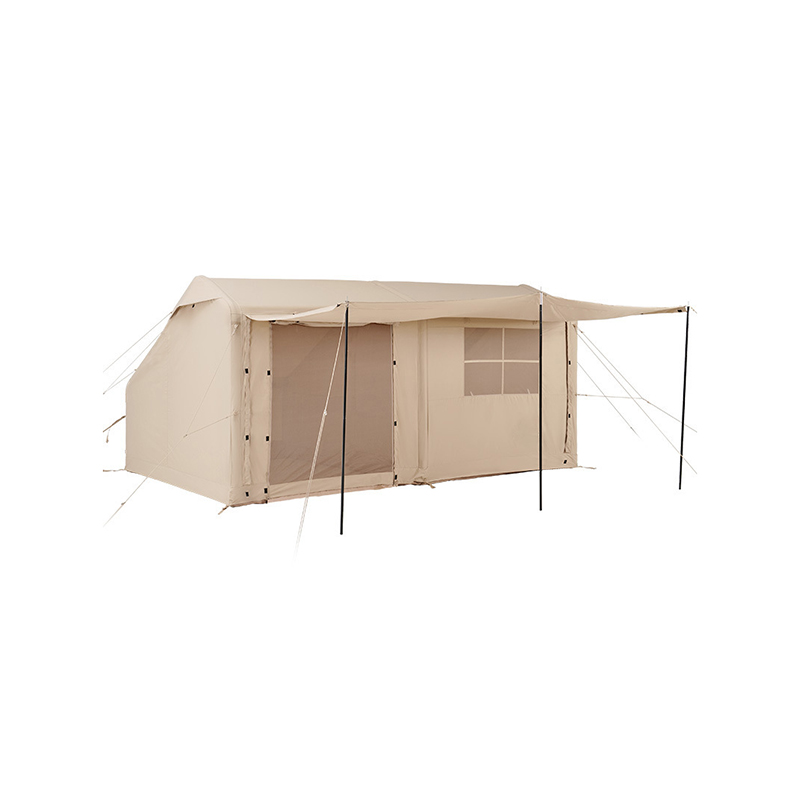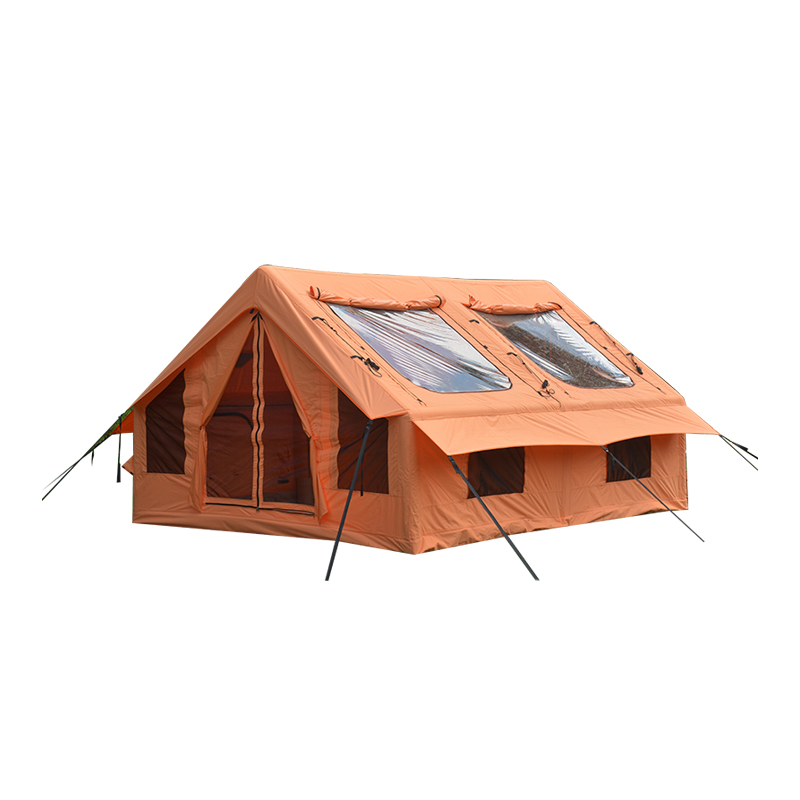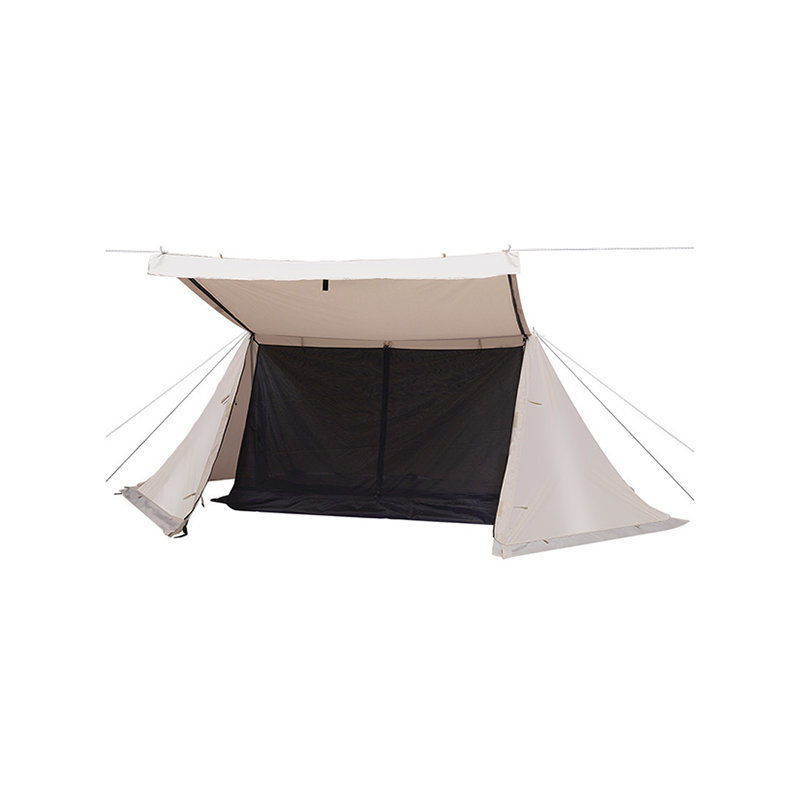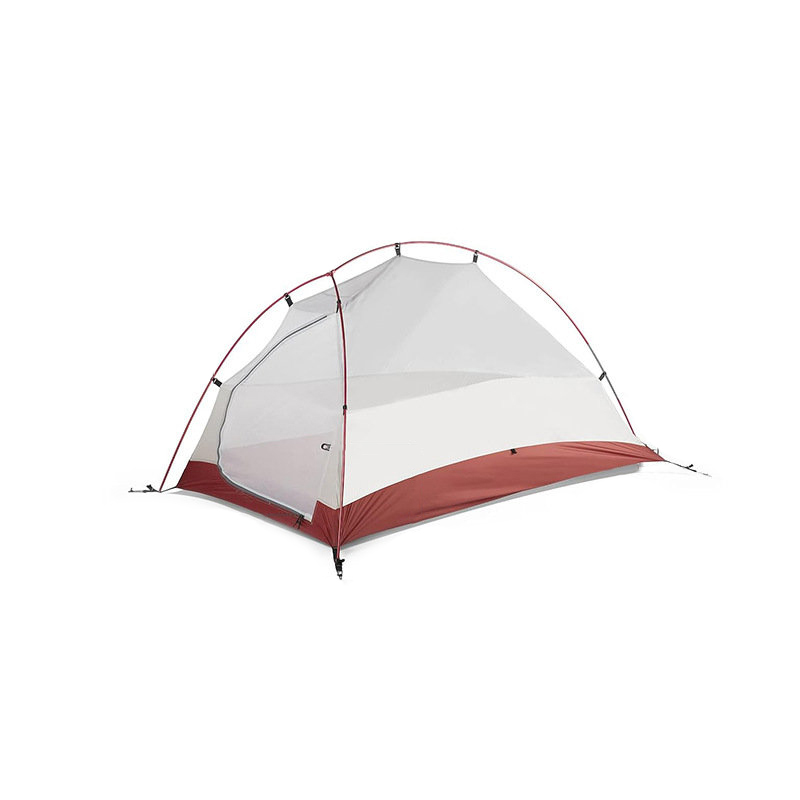The internal air pressure within a PVC Air Column Inflatable Tent is governed by physical principles such as the ideal gas law, where temperature, volume, and pressure are interdependent. When the tent is moved to a higher altitude, atmospheric pressure decreases, which leads to an expansion of the air inside the columns if the volume remains constant. Conversely, at lower altitudes or during cooler temperatures, the pressure inside can drop, leading to partial deflation. These fluctuations can affect the firmness and stability of the tent structure. A tent that is over-inflated at sea level may become overstressed when taken to a mountaintop, and one that is perfectly inflated in the morning might sag slightly by nightfall due to cooling temperatures. The tent's ability to maintain its form and function depends on how well it manages these internal pressure changes relative to its design thresholds.
PVC materials used in inflatable tents are selected for their balance of elasticity and tensile strength, allowing for controlled deformation under internal pressure variation. The air columns are engineered to flex slightly under increased internal pressure without rupturing or losing shape. The mechanical behavior of PVC under thermal and pressure loads includes elongation under tension and return to original dimensions when the load is removed. Manufacturers test these columns to withstand expansion and contraction cycles typical of real-world use. A high-quality PVC Air Column Inflatable Tent accommodates pressure fluctuations of around ±10–15% without compromising its geometry or stability, ensuring it remains operational during common environmental changes without the need for constant manual adjustment.
To provide a safeguard against accidental over-inflation, especially in high-altitude or high-temperature environments, many PVC Air Column Inflatable Tents are equipped with automatic pressure relief valves. These valves are calibrated to open when the internal pressure exceeds a set threshold, allowing excess air to escape and thereby preventing structural deformation or seam stress. This feature is particularly useful in professional applications such as outdoor events or emergency shelters in varied geographic settings. Pressure relief valves reduce user dependency on manual monitoring and play a critical role in preserving the integrity of the air columns under fluctuating environmental conditions, thus enabling longer deployments without risk of failure.
Seams are often the most vulnerable points in inflatable structures, so their construction is a critical factor in determining how well a PVC Air Column Inflatable Tent copes with internal pressure changes. High-end models utilize high-frequency (HF) welding or thermal bonding to create airtight, high-strength seams that can endure stretching, compression, and minor twisting forces. These seams are engineered to maintain their seal even under thermal expansion of the PVC material and the slight dimensional variations caused by internal pressure fluctuations. By avoiding traditional stitched seams, which can loosen or absorb moisture over time, welded seams enhance the tent’s ability to retain air and withstand both positive and negative pressure shifts caused by altitude or temperature transitions.
Temperature shifts can occur rapidly, especially in desert or mountain environments, and their effect on internal air pressure is significant. As the ambient temperature rises, the air inside the tent columns becomes more energized, expanding and increasing the internal pressure. If the temperature drops, the air inside contracts, reducing pressure and potentially causing the tent to become less rigid. A professionally designed PVC Air Column Inflatable Tent factors these dynamics into its structural specifications. The inflation protocol typically includes filling the columns to slightly below their maximum pressure limit, which creates a safety margin for thermal expansion. This approach allows the structure to expand during the heat of the day without overloading the material or compromising the frame, and still retain sufficient firmness during cooler periods.



 English
English 中文简体
中文简体
